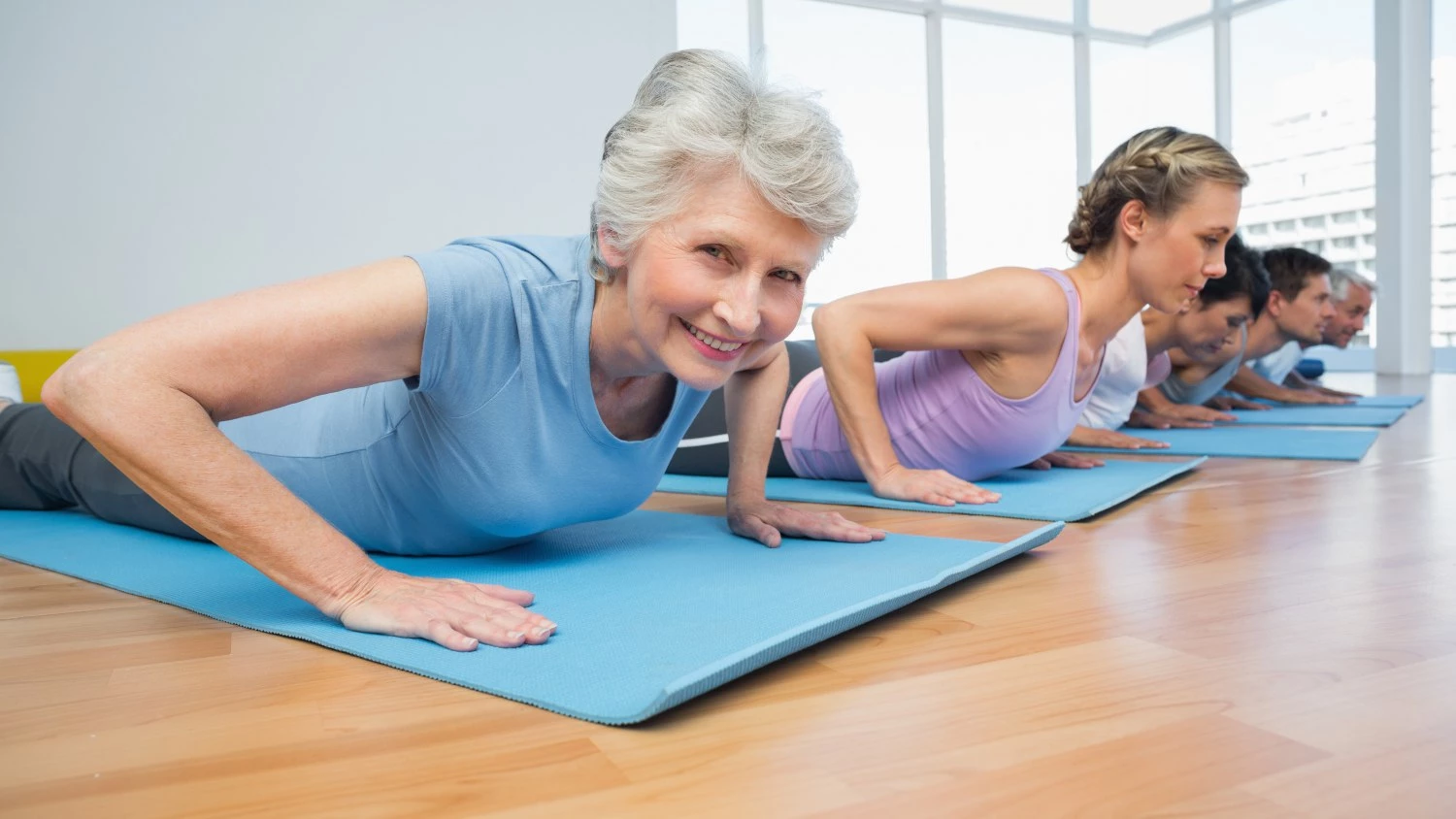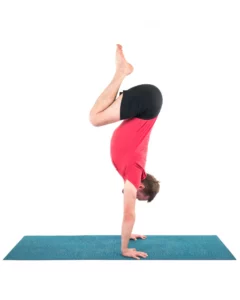Research Casts Doubt on Benefits of Osteoporosis Drugs

Are millions of women putting up with the undesirable side effects of osteoporosis drugs and not getting the hip fracture-preventing benefits that they are hoping for? And, do efforts to improve balance and prevent falls ultimately produce better results when it comes to preventing hip fractures?
This seems to be the conclusion of a study published in the British Medical Journal by Finnish researcher Teppo Järvinen, a professor at the University of Helsinki, Finland, and colleagues.
Most women over the age of 50 are recommended to have screenings to check for the thinning bones of osteopenia or full-fledged osteoporosis. If the thinning of the bones reaches the benchmark set for a diagnosis of osteoporosis, drugs intended to slow the loss of bone mass density (BMD) or, preferably, even increase bone density are frequently prescribed.
There is only one problem with this, Järvinen and colleagues point out in the paper. While osteoporosis drugs have been shown to increase bone mass density, this doesn’t necessarily translate into fewer hip fractures.
How could this be? The researchers note that fewer than one in three hip fractures are attributable to bone fragility. Fractures are traumatic events triggered by falls, and most falls serious enough to result in a fracture happen in frail older adults.
The researchers note that the simple question, “Do you have impaired balance?” is a better predictor of fractures than osteoporosis. This question can predict about 40% of all hip fractures, whereas osteoporosis predicts less than 30%.
The Risk of Osteoporosis Fractures

The incidence of hip fracture in women rises 44-fold from age 55 to 85, and the impact by increasing age is 11-fold greater than that associated with the age-related decline in BMD, according to studies. About a third of generally healthy people aged ≥65 fall at least once a year; this proportion increases to half by age 80, according to the CDC.
As a consequence, the researchers note in the study that we are overdiagnosing bone fragility, which, in turn, leads to overtreatment. Osteoporosis drugs are big business: The global osteoporosis drugs market size was valued at USD 14.74 billion in 2023 and is projected to grow at a compound growth rate of 3.5% from 2024 to 2030.
Bisphosphonates, such as Fosamax, are the dominant drugs for fracture prevention. However, while bisphosphonates do increase bone mass density by blocking the resorption process that is part of the natural process of bone metabolism, the evidence that bisphosphonates prevent fractures is weak, according to the researchers.
Our systematic review of the bisphosphonate evidence base identified 33 randomized controlled trials of sufficient duration (≥ one year) to expect a preventive effect on hip fractures. In 23 trials reporting on hip fracture, 254/17,164 women taking bisphosphonates versus 289/14,080 taking placebo had hip fractures (relative risk 0.68, (95% confidence interval 0.57% to 0.80%); absolute risk reduction 0.57% for hip fracture over three years. Accordingly, 175 women must be treated for three years for each hip fracture prevented.
However, the evidence base is fraught with gaps. Although the mean age of patients with hip fractures in Europe is about 80 years, and over 75% of hip fractures occur among people older than 75, only three of the 23 trials in our systematic review included sufficient women over 75 to allow an analysis of hip fracture incidence. All failed to show any significant effect on hip fractures in this age group. Counterintuitively, the evidence thus suggests that those most prone to hip fractures do not benefit from bisphosphonate treatment. This discouraging finding was corroborated by a recent randomized trial of single-dose zoledronic acid for osteoporosis in frail elderly women.
Hip fractures in elders often lead to permanently reduced mobility, quality of life, and overall decline in health, as well as significant social and medical costs. So, while strengthening the bones intuitively makes sense, Järvinen argues that anti-osteoporotic medication may not be the answer to prevent hip fractures.
“The benefit from the drug treatment is marginal at best. It also seems — and this is an interesting detail — that the better the response to the treatment in the study, the more flaws the study had,” Järvinen said.
“Only three studies have been conducted on subjects 80 years of age or older, and none of them found that the medication prevented hip fractures.”
A better strategy for combatting hip fractures is to minimize the risk of falls in seniors by encouraging more physical activity, particularly activities such as yoga that improve balance. And if you’re a smoker, quitting is one of the best things you can do to reduce your fracture risk.
Also, read...
Yoga for Osteoporosis: How Your Breathing Affects Your Bones
Yoga Poses Improves Both Balance and Cognitive Perfomance, Study Suggests
Book Review-Empowered Aging: Everyday Yoga Practices for Bone Health, Strength, and Balance
Related courses
Breath as Medicine: Yogic Breathing for Vital Aging
Yoga and Myofascial Release: Releasing Chronic Tension with the Bodymind Ballwork Method
Yoga and Detoxification: Tips for Stimulating Lymphatic Health

Eva Norlyk Smith, Ph.D., C-IAYT, is the founder and President of YogaUOnline. She is a lead trainer in YogaUOnline’s Yoga Wellness Educator program, an RYT-300 Yoga Alliance-approved training that focuses on giving teachers the skills they need to offer wellness courses and work with older beginners.
Eva is a trained yoga therapist at the 1,000-hour level as well as a trained bodyworker at the 500-hour level. She is the co-author of several books, including Light Years Younger with Dr. David J. Goldberg.



